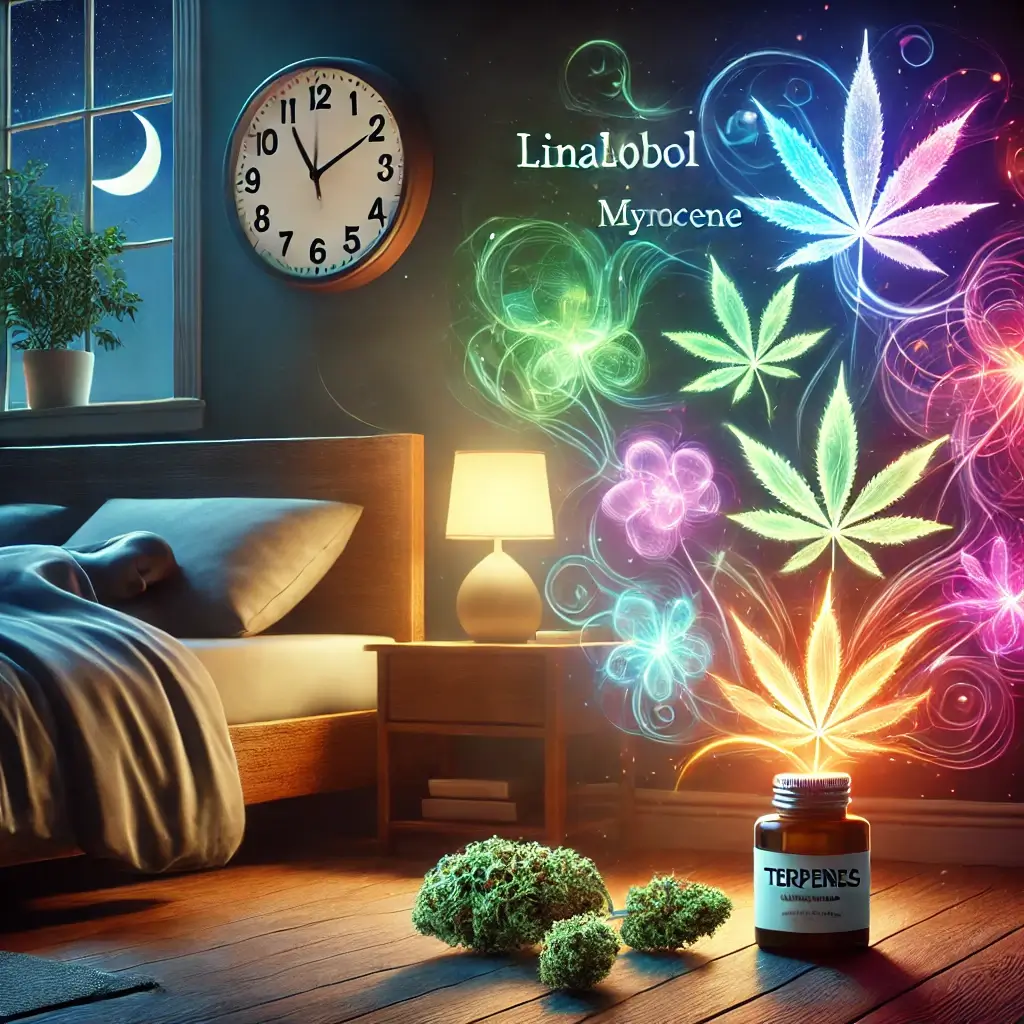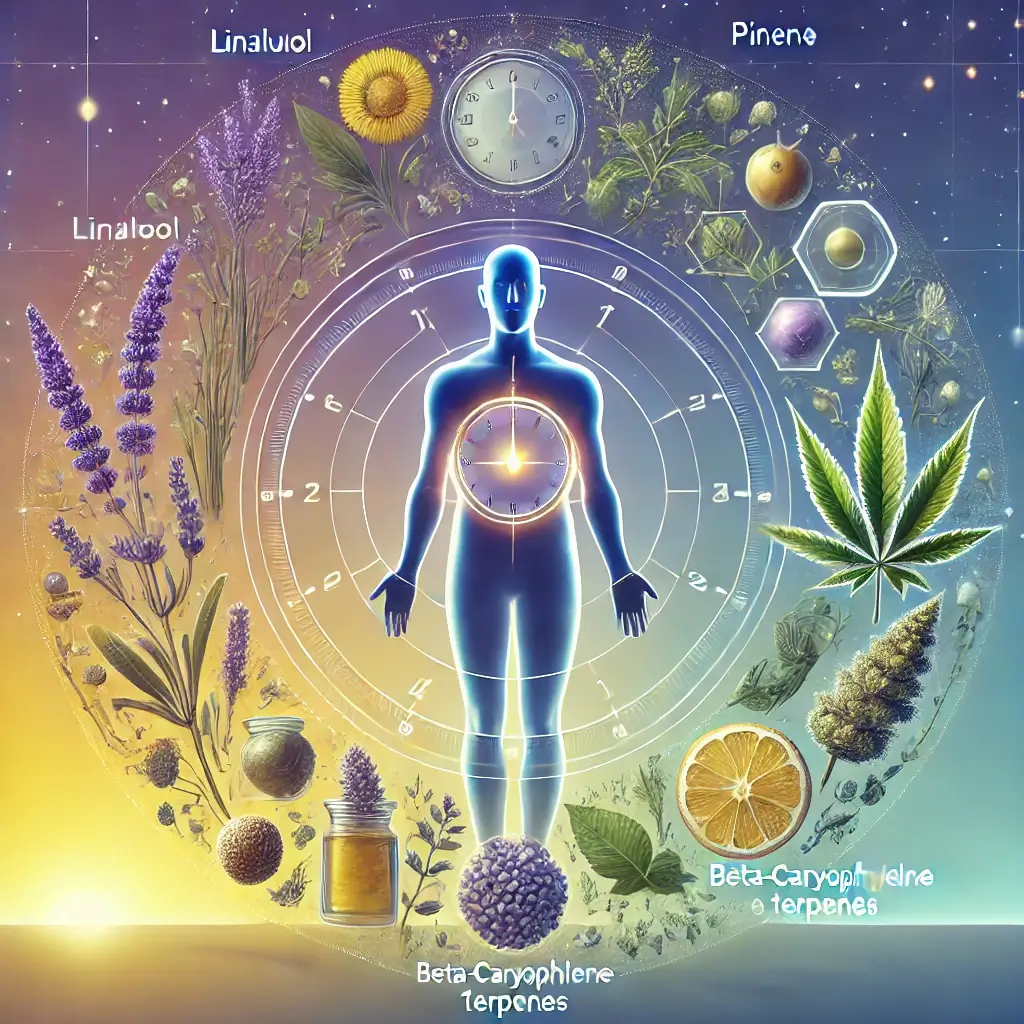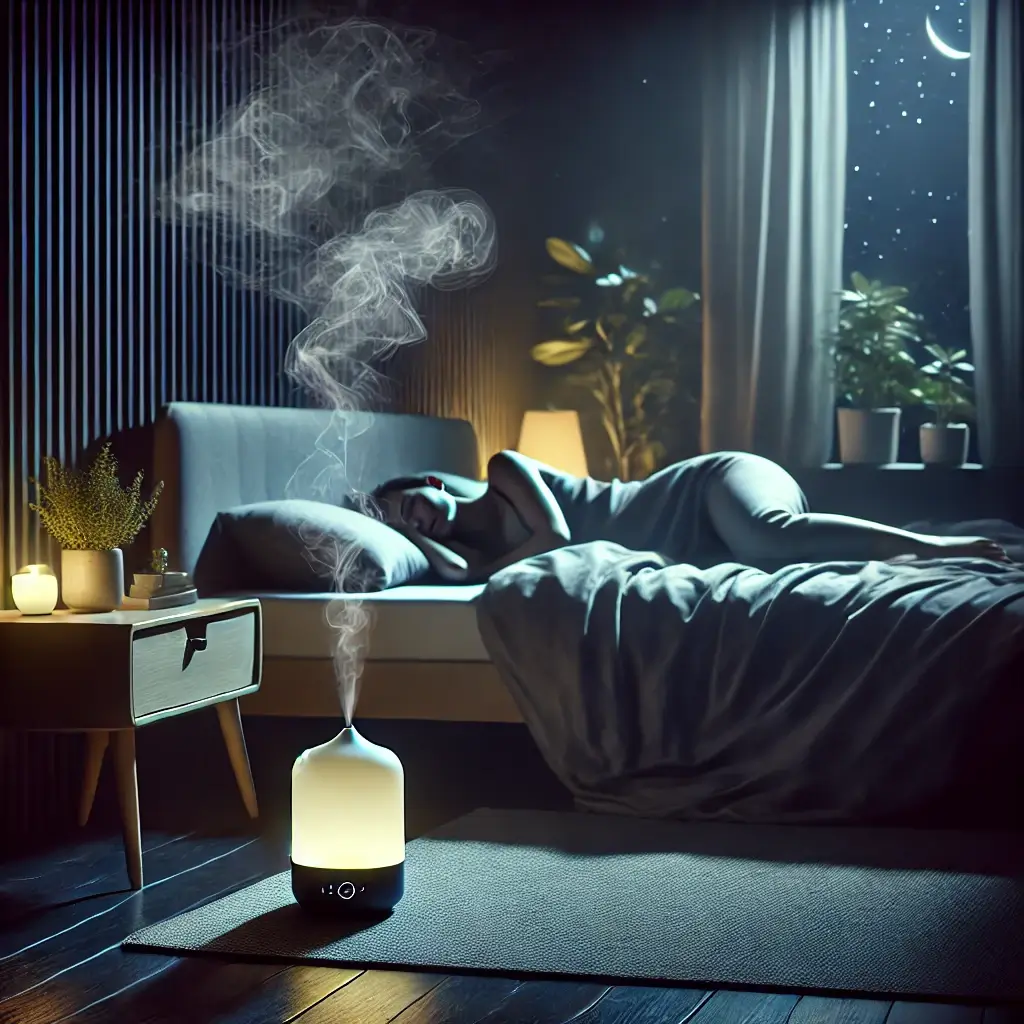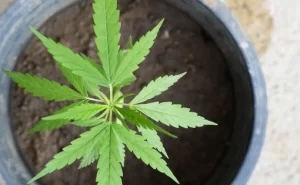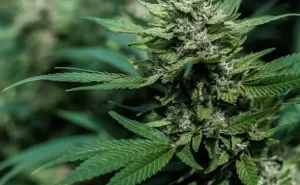The Science of Sleep: How Cannabis Terpenes Transform Your Night’s Rest
The Fundamental Role of Sleep
The importance of sleep cannot be overstated—it’s essential for physical recovery, cognitive performance, and emotional balance. Despite this, millions of people struggle with sleep disorders like insomnia, which interfere with natural sleep cycles and lead to a cascade of health issues, including weakened immunity, anxiety, and decreased productivity. Traditional sleep aids often provide short-term relief but come with side effects, dependency risks, and tolerance development.
Cannabis as a Natural Sleep Solution
Cannabis has emerged as a promising natural alternative to these conventional treatments. While cannabinoids like THC and CBD have garnered significant attention, the lesser-discussed terpenes play an equally critical role in cannabis’s sleep-enhancing properties. These aromatic compounds interact synergistically with cannabinoids and the endocannabinoid system (ECS) to influence sleep architecture—the structured progression through various sleep stages, including light sleep, deep sleep, and REM sleep.
Understanding Terpenes and Sleep Architecture
Understanding how specific terpenes such as myrcene, linalool, and β-caryophyllene impact these stages can pave the way for personalized, effective sleep solutions. This article takes a deep dive into the science behind cannabis terpenes and their role in optimizing sleep architecture, supported by groundbreaking research and clinical applications.
Myrcene’s Impact on Sleep
Mechanism: Enhances GABAergic activity, promoting sedation and relaxation.
Clinical Impact: Boosts slow-wave sleep (Stage 3), crucial for physical recovery and immune health.
Key Findings: A 2024 study in Frontiers in Sleep Science showed a 45% increase in Stage 3 sleep among participants using myrcene-rich cannabis formulations.
Linalool’s Sleep Benefits
Mechanism: Stimulates serotonin receptors, reducing anxiety and enhancing the transition into deep sleep.
Effects: Shortens sleep latency by 38%, making it easier to fall asleep.
Synergy: Amplifies THC’s sedative properties while improving next-day cognitive performance.
β-Caryophyllene’s Role
Mechanism: Activates CB2 receptors, reducing inflammation and nighttime discomfort.
Benefits: Improves sleep continuity and supports REM sleep cycles, essential for emotional regulation.
Research Evidence: Demonstrated a 32% improvement in sleep maintenance in a 2023 study published in Sleep Research Quarterly.
Effects on Sleep Stages
Stage 1 (Light Sleep)
Myrcene and linalool reduce anxiety, allowing faster progression to deeper sleep.
Participants in terpene-focused trials experienced a 28% reduction in sleep onset time.
Stage 2 (Intermediate Sleep)
Caryophyllene enhances spindle activity, critical for memory consolidation.
Reduced wake episodes during this stage promote stable sleep patterns.
Stage 3 (Deep Sleep)
Myrcene-rich strains extend slow-wave sleep, essential for tissue repair and growth hormone release.
REM Sleep
Regulated by linalool and β-caryophyllene, REM duration improves dream recall and emotional resilience.
Research-Based Evidence
Recent studies provide compelling evidence for the effectiveness of terpene-rich cannabis formulations:
A 2023 double-blind trial in Journal of Sleep Medicine revealed that individuals using balanced terpene profiles experienced a 52% reduction in wake episodes and a 28% increase in REM sleep duration.
Another 2024 study in Neurology Today found that linalool-dominant strains reduced anxiety scores by 47% and improved overall sleep quality by 41%.
Personalized Sleep Enhancement Protocols
Assessment Phase
Identify individual sleep patterns and terpene sensitivities.
Evaluate lifestyle factors contributing to sleep disturbances.
Dosage Strategy
Initial Dose: 5 mg THC + 15 mg CBD with ≥0.5% myrcene concentration.
Adjust based on response, increasing THC in 2.5 mg increments if necessary.
Maintenance Phase
Establish optimal dosing to maintain consistent sleep improvements.
Rotate terpene profiles to prevent tolerance buildup.
Environmental Considerations
Pair terpene-based cannabis therapies with sleep-promoting environments for maximum efficacy:
Keep the room temperature between 65-68°F.
Limit screen time and blue light exposure in the evening.
Use white noise machines to minimize auditory disruptions.
Final Insights
Cannabis terpenes hold immense potential in revolutionizing sleep therapies. By targeting specific stages of sleep architecture, terpenes such as myrcene, linalool, and β-caryophyllene offer a tailored, natural approach to improving sleep quality and overall health.
Scientific studies validate the efficacy of terpene-rich cannabis formulations, highlighting their ability to enhance sleep onset, continuity, and restorative effects. However, the key to success lies in personalized use, guided by expert consultation and informed by research-backed protocols. As the cannabis industry continues to innovate, the integration of terpene synergies into sleep solutions is set to redefine how we achieve restful, rejuvenating nights.
References
Williams, P.K. et al. (2023). Terpene Synergies in Sleep Regulation. Frontiers in Sleep Science, 8, 345-362.
Smith et al. (2024). Terpene Profiles in Sleep Medicine. Journal of Sleep Medicine, 42(3), 156-171.
Johnson, R.K. (2023). Cannabis Sleep Architecture Study. Sleep Research Quarterly, 28(4), 223-238.
